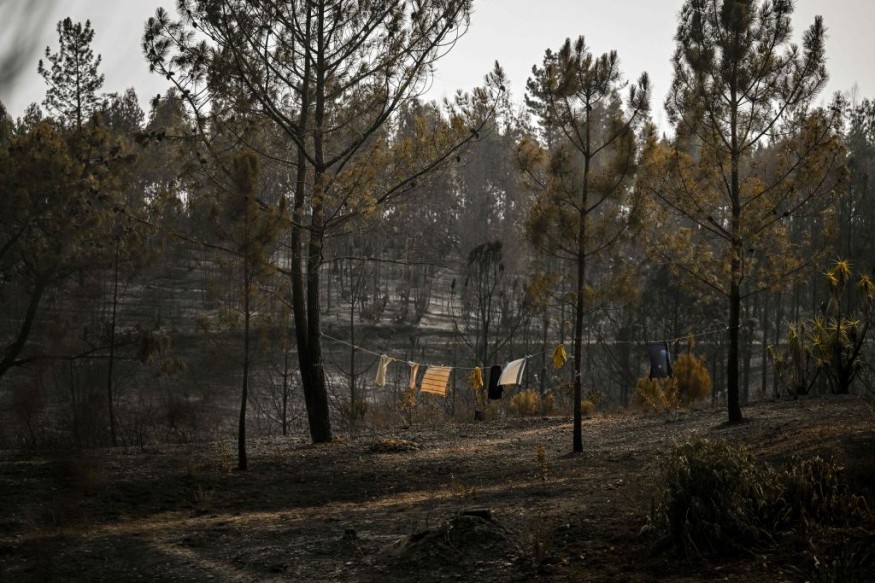
A new study said that researchers could predict whether a forest may survive or not through the help of precipitation and soil moisture.
Experts have looked at precipitation, soil moisture as well as the temperature in the forest so that they can measure how much carbon dioxide the trees are breathing in.
Findings of the study
According to researchers, forests are contributing 40 percent to the global terrestrial carbon flux budget as it serves as a major sink of atmospheric C. They noted that the potential for forests to maintain acting as a C sink has been threatened by several climate-related factors, such as the rising temperatures and drought.
Scientists have studied a forest that was devastated by drought in California's southern Sierra Nevada. It was observed that in the years following the record-shattering drought of 2012 to 2015, millions of trees had died, similar to what happened across the American West.
The team related the changes in precipitation during that period to life processes inside the trees as they showed the lag time between the stress of drought and trees' response.
Through the use of the new methodology called as CARDAMOM, the scientists linked the information on precipitation, soil moisture and temperature to figure out how much carbon the trees were putting into their reserves, such as wood, roots and leaves.
Further, they tracked how the reserves dwindled as the drought took place.
They observed that "hotter droughts" are causing large-scale tree dieback on a global scale and that forest mortality events are expected to increase because drought incidents become more frequent and intense.
Based on the study, the event of forest die-off usually amplifies climate change by directly reducing the forest's ability to sequester C and releasing stored C back to the atmosphere.
Experts found out that carbon and water ecosystem states are highly sensitive to precipitation and can have an effect towards the gross primary productivity response of the forest.
"Our study highlights the sensitivity of a mid-montane, ponderosa pine forest to accumulated water deficit, with significant lags in GPP recovery attributable to previous years' drought conditions," researchers of the study indicated.
"Significant deviations from historical precipitation averages have driven global tree mortality events," they noted.
Saving vulnerable spots
Researchers said that through this study, they provided a framework to assess tipping points leading to ecosystem collapse in other forests.
They believe that this will enable better monitoring of forest vulnerability.
"While our study is limited to a single ponderosa pine forest in California, applying the CARDAMOM framework to eddy covariance observations of a forest experiencing multi-year drought allows us to calibrate and track ecosystem processes in situ," researchers said.
They are suggesting critical threshold ranges for precipitation deficit tipping points, which can later be tested against other studies that are providing assessment on the role of water stress on forests as well as those under future climate scenarios.
Further, they said that quantifying how far an ecosystem is from a precipitation deficit tipping points will also provide information on its resilience to other risk factors such as warming temperatures, forest fires, and insect attacks.
Related Video:
© 2026 NatureWorldNews.com All rights reserved. Do not reproduce without permission.





